HOW TO ORDER
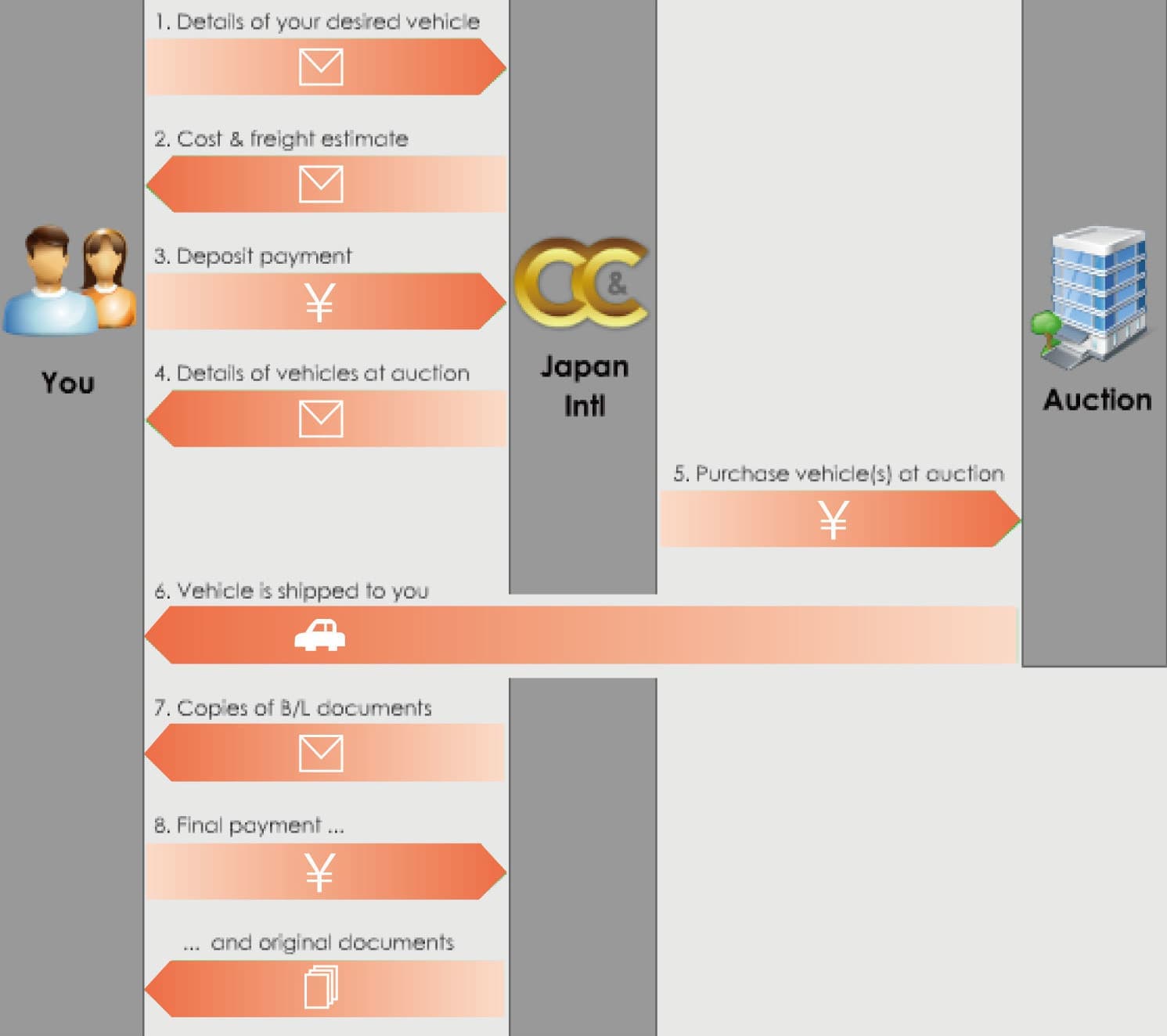
You send us details of your desired car(s)
Please contact us with full details of your desired car(s), including preferred maker,
model, colour, condition, mileage etc., and full contact details. Our English-speaking
office staff will also be happy to assist you with selection of suitable cars.
info@gnexports.jp
How to Read a Japanese Car Auction Sheet
We have provided the three most common types of auction sheets which we recommend you refer to as we walk through the 12 key points to note.
We have created a key to help interpret each sheet:

❶Month and Year of Registration.
The Japanese years are counted from the numbers of years that the current Emperor has been in position. The table below explains how their years match up with the Western calendar. You should also be able to read the month of registration. In this Example 1 you will see the car is 11 so the month was November. Quite often, as the duty payable for imports is dependent on the month of registration, if the month is not shown, you ask your agent to confirm the month before deciding to purchase the car.
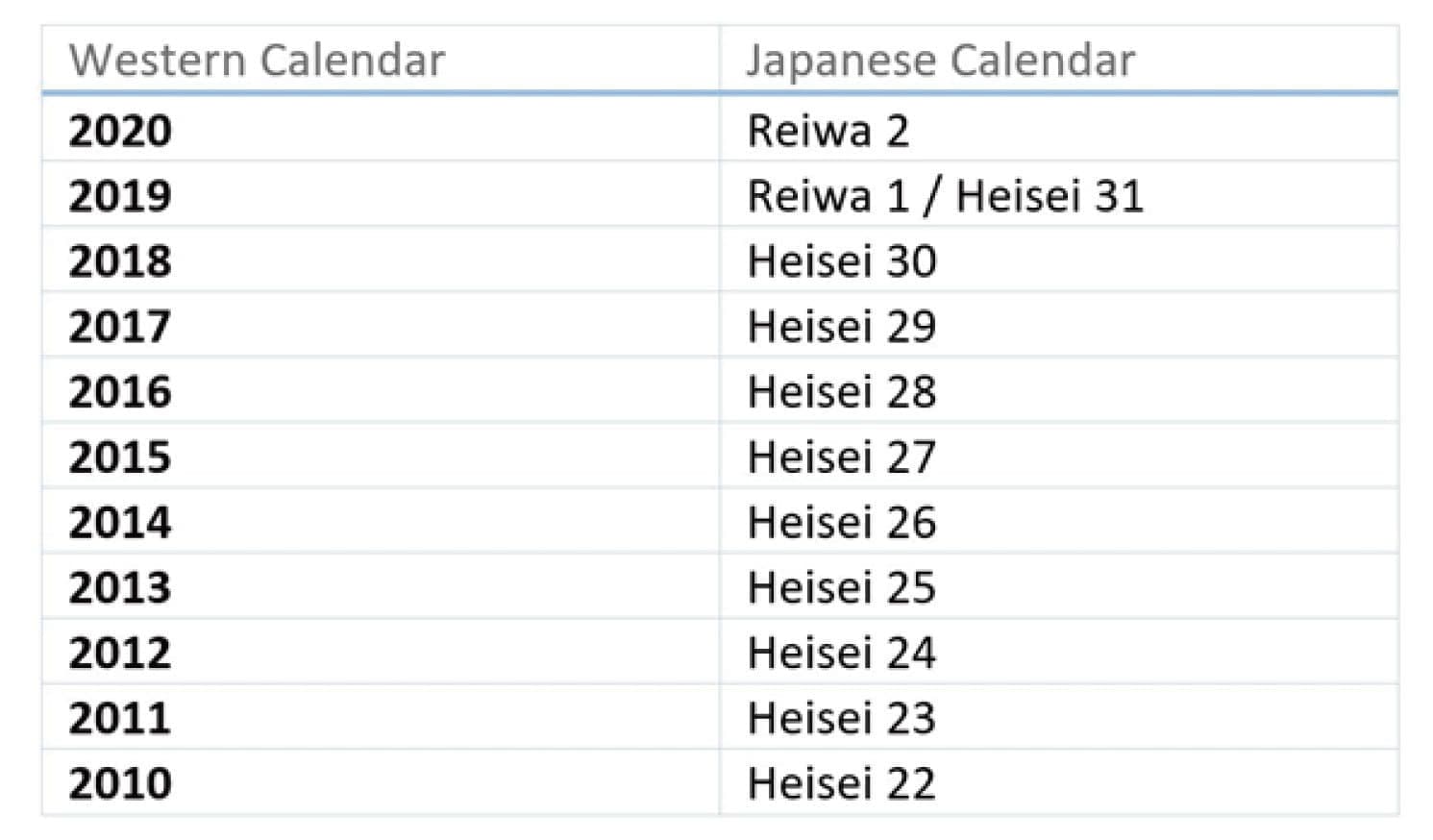
❷Vehicle Chassis Code

The chassis code will tell you what the model of the car is and whether it is 2 wheel drive or 4 wheel drive. The real benefit of knowing this is if you are comparing cars which appear to be the same then they need to have the same chassis code. If they are different then there is a fundamental difference between the two cars you are comparing. It is easier to ask your dealer for this information. If you want to do it yourself, then you should look at a website such as goo-net exchange. In their specification section shows significant amount of data on the cars supplied from Japan in the past 10 years.
❸Current mileage in KMs.
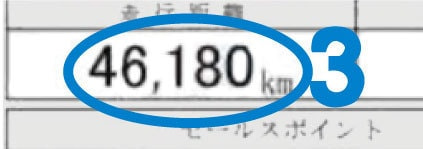
This is self explanatory. Be sure you are buying from a supplier who guarantees that the mileage is correct.
❹Exterior Report
The exterior grades are clearly defined from 0 to 6 with 6 being the best. The full breakdown for this is provided in our Condition Grade Blog.
❺Interior Rating
Interior ratings are given from A too E with A being the best. These are explained in more detail in our Condition Grade Blog.
❻2 WD or 4 WD
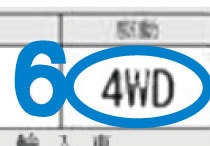
This is not always written on the sheet. So we recommend that you ask you supplier for this information or look at Goo-net exchange to check the details against the chassis code that you have.
❼This model / trim number
will show you the trim level of the car eg. SE or HSE. Again the code can be deciphered by comparing it with the details on Goo-net as well ask asking your supplier.

❽Gearbox.
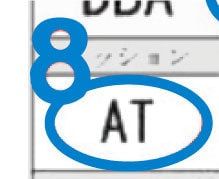
Most cars from Japan are Automatic. So you should expect to see AT written. If the car is manual then you will read MT. We would strongly recommend that if you see anything else written on the sheet other than AT o MT, you must check with your supplier as they have many other ways of writing the transmission.
❾Air conditioning.
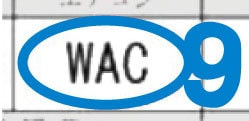
Although you should expect a car from Japan to have air conditioning, it is different to climate control. If it is not clear, then be sure to check.
❿Engine Size.
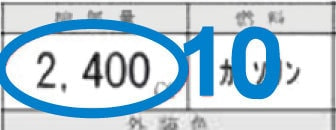
This is very straight forward and is written in the way you would expect to see it.
⓫Number of Seats.
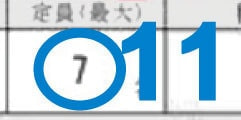
This is often left blank, so we recommend that you look carefully at the photographs especially if you are looking for a third row of seats and if that doesn’t help, then be sure you ask your supplier for confirmation.
⓬Condition Report.
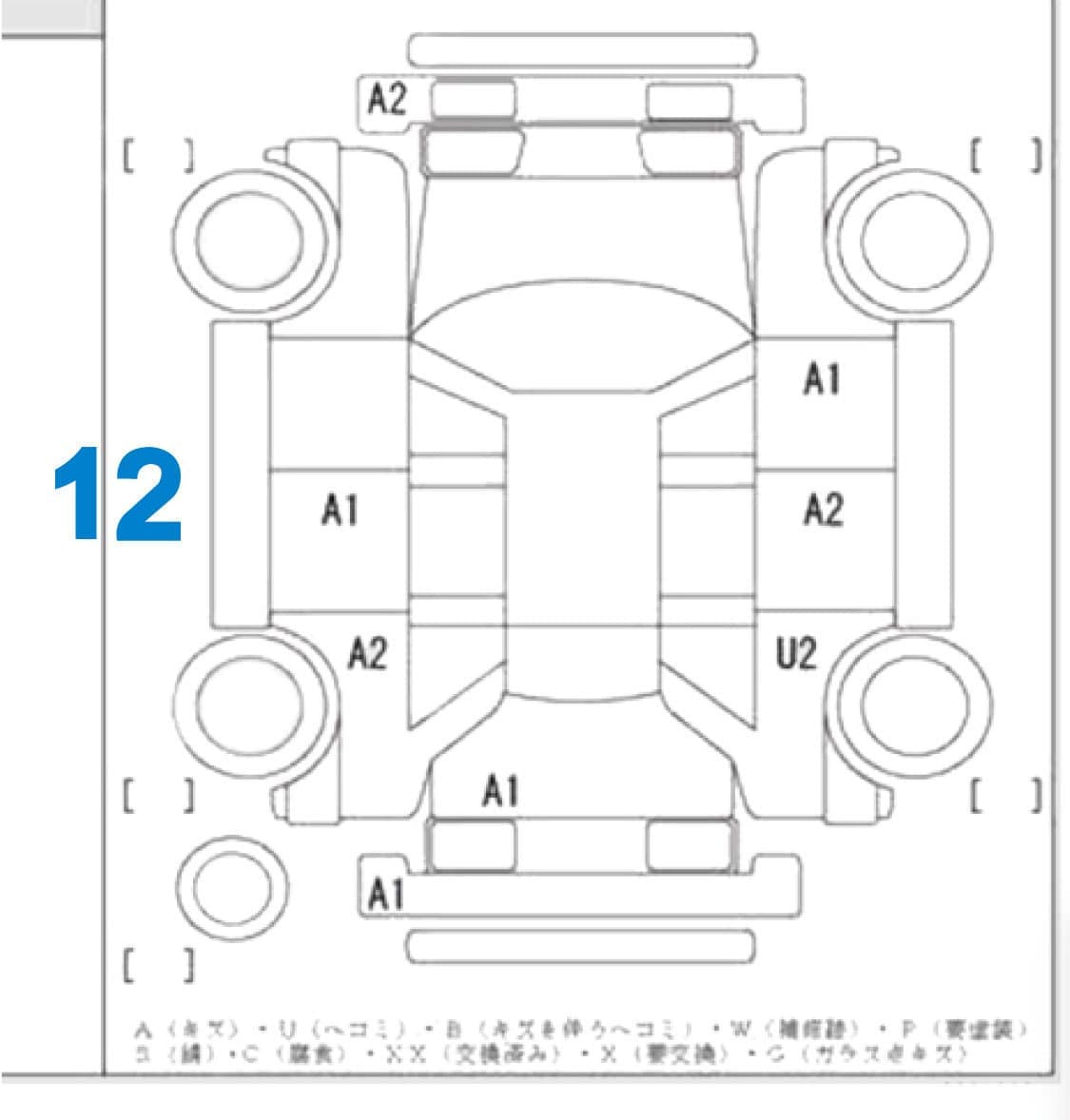
As we mentioned before, each car is given a grade for the interior and exterior condition of the car. Exterior grading ranges from 1 too S and the interior ranges from A too D. There are many more annotations which may be written on the condition report. Specifying a dent or a scratch. For a detailed explanation of condition report please read the diagram below
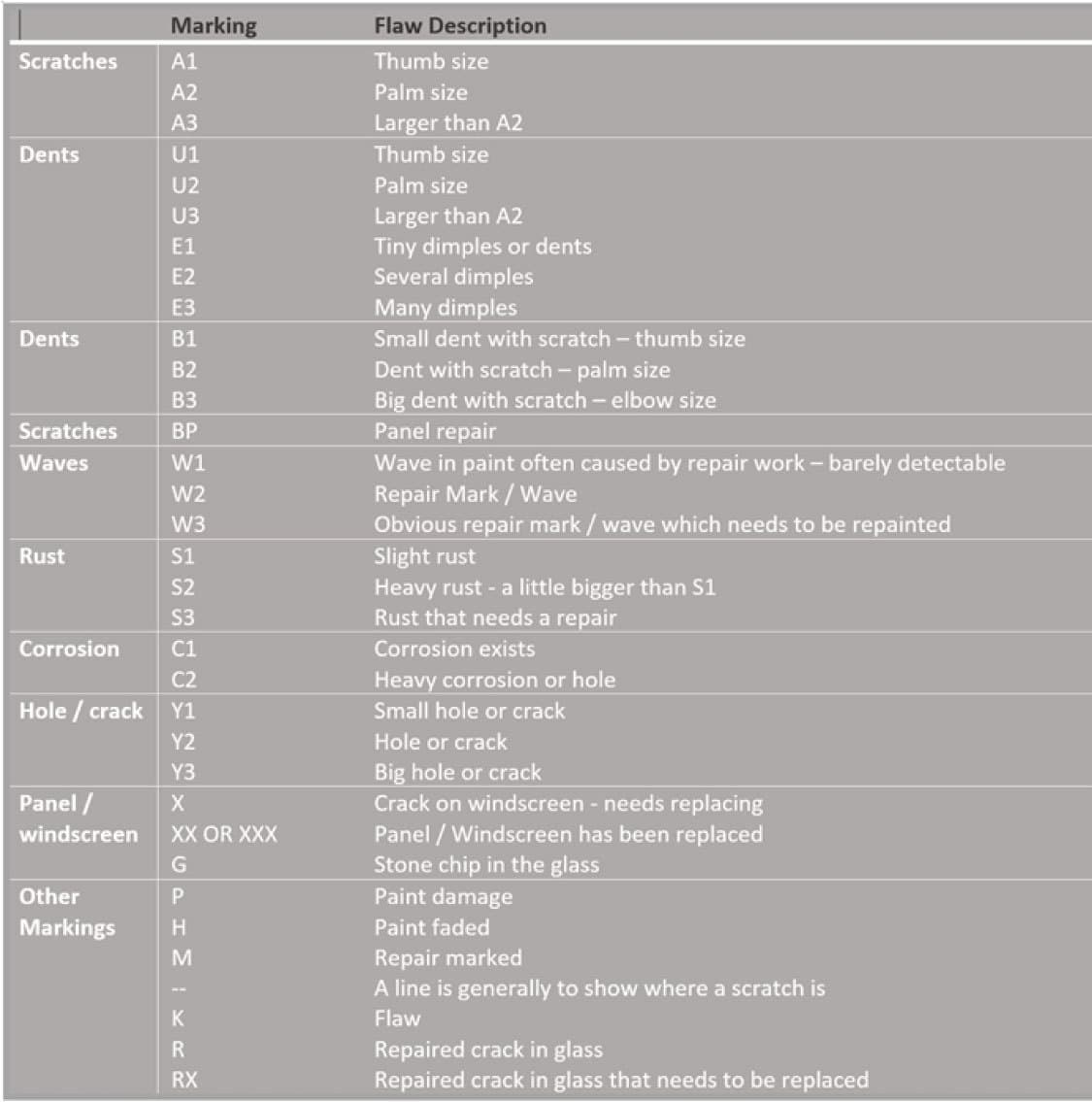
⓭Key specification on the car.

The information is always in Japanese. If it is a digital report (rather than hand written) you can find that Google translate will help to decode the information for you. You should expect to read details about the key features of the car: PS = power steering, PW = power windows, SR = sunroof.
It is also really helpful to know about the inspector’s notes which are provided on the Japanese Auction Sheet below the Kms. These are easily translated using Google translate on your phone. An inspector will typically write details such as defects they have noticed. So it’s well worth the effort finding out what they have mentioned.

